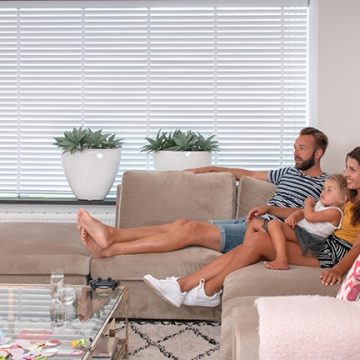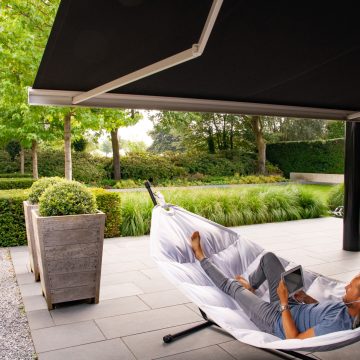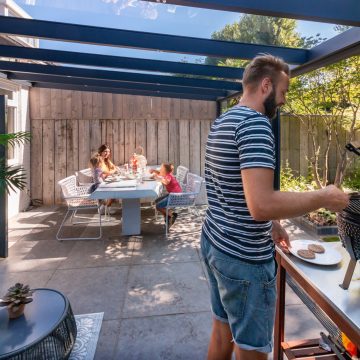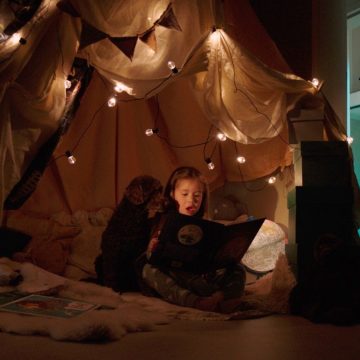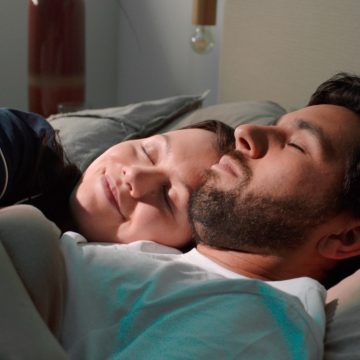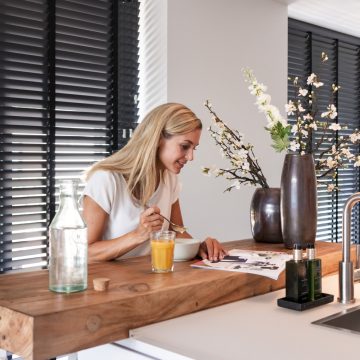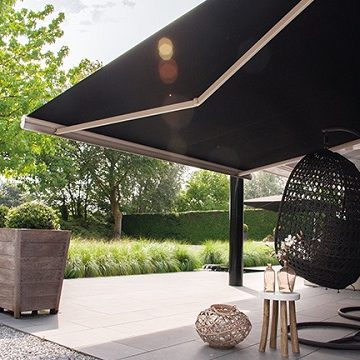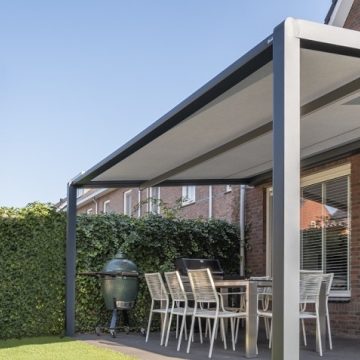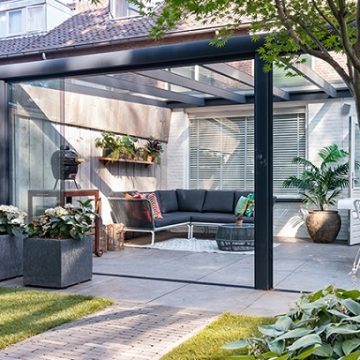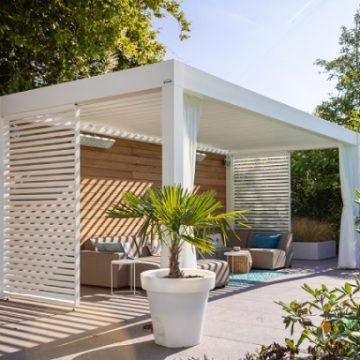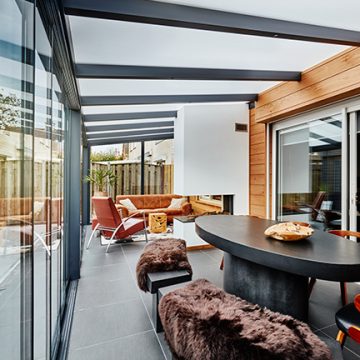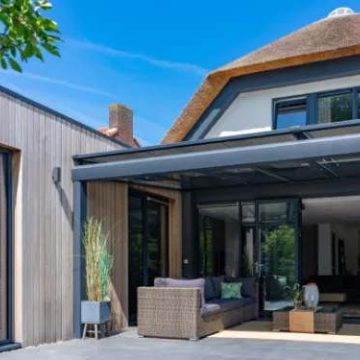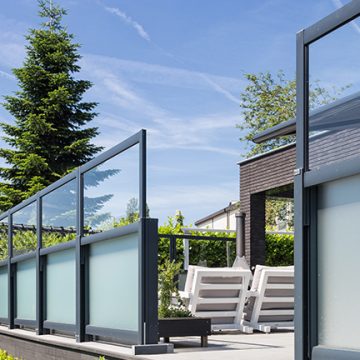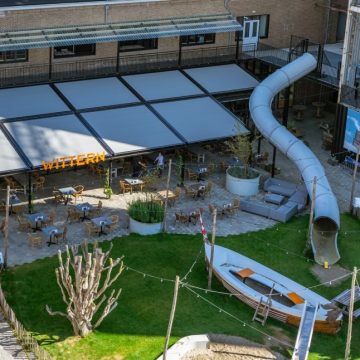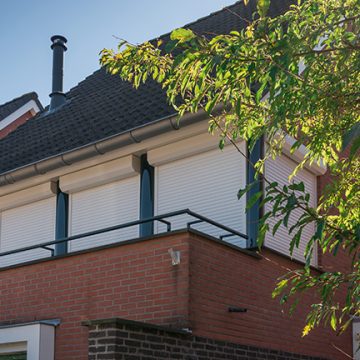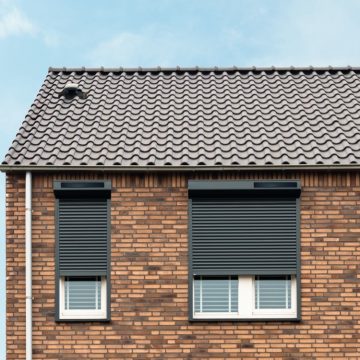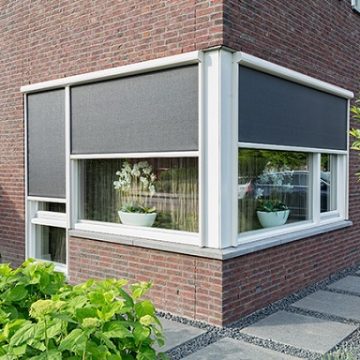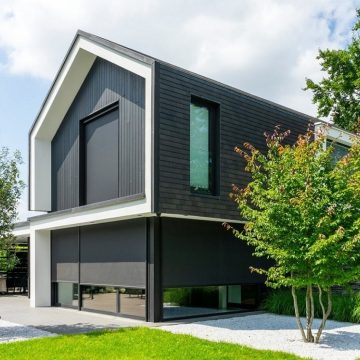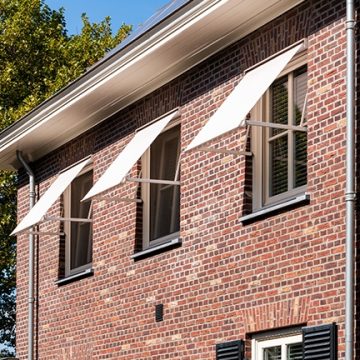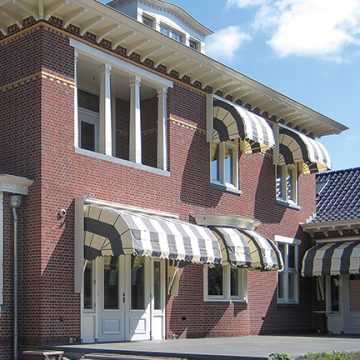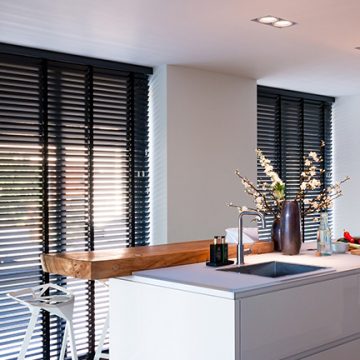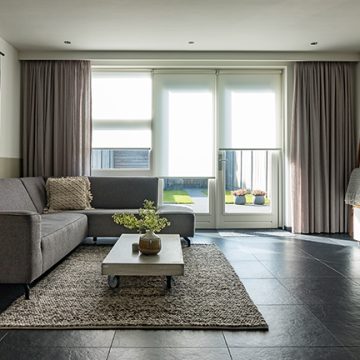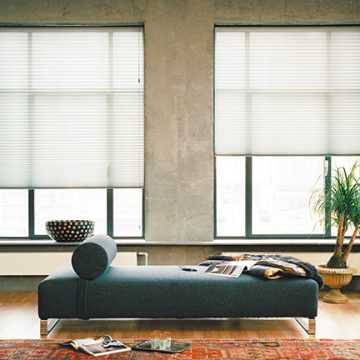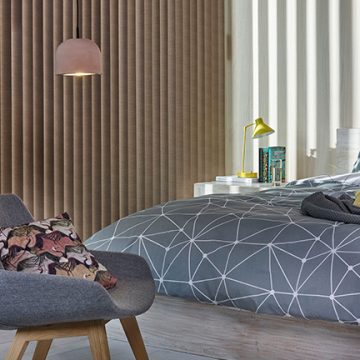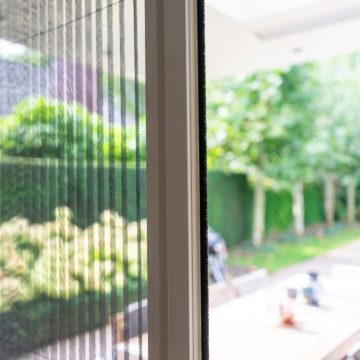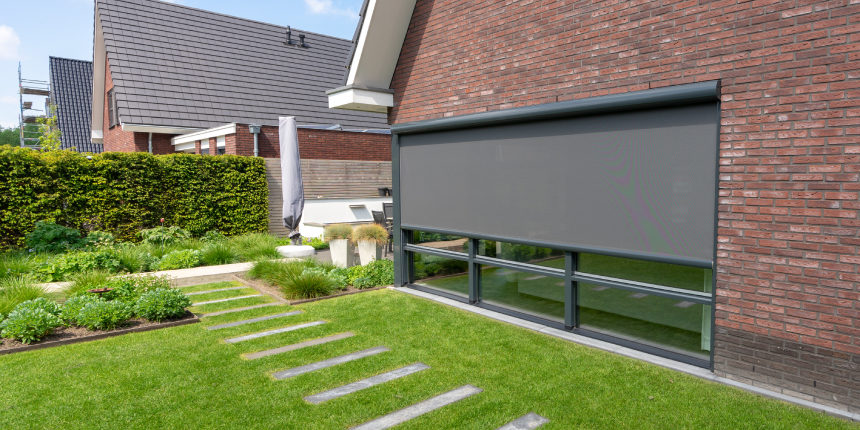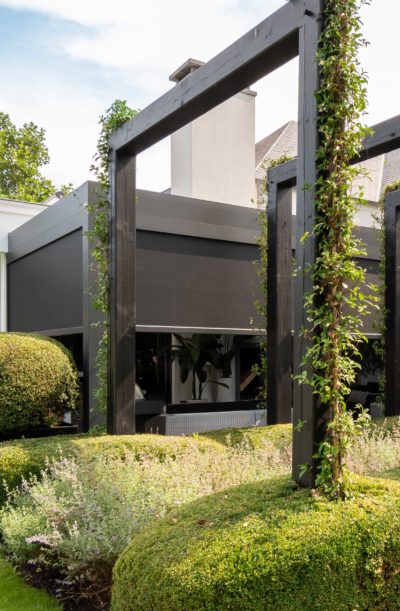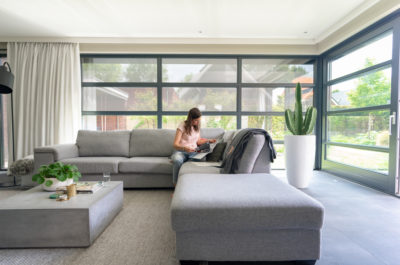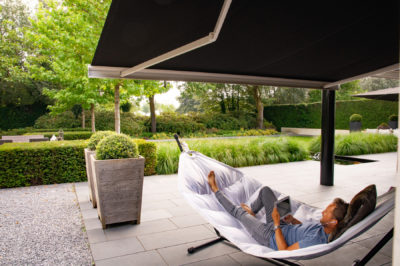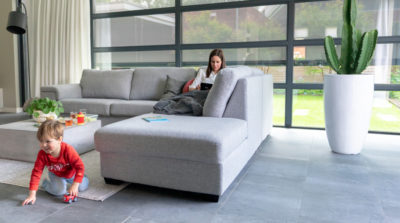
Choosing the right zipscreens for your home in 5 steps
12-09-2019Do you want to buy vertical solar shading for your home? Then zipscreens are an interesting option for you. But before making the final decision, you need to know how you can design a vertical awning that fulfills all your needs and wishes, and that matches the design of your home. Let's show you in 5 steps how to choose the best zipscreen for your home.
Zipscreen casing
Let’s look at the casing first. This casing carries the motor and protects the awning fabric from the weather when the fabric is rolled in. The size of the casing depends on the size of the screen. In most cases, you can choose between a bevelled or a straight casing. Some screens come with a rounded casing.
Profile colours
Zipscreens come in the following profile colours: technical silver ivory, white, anthracite, anthracite structure and black structure. For an additional price, you can choose for a RAL-colour.
Operation
All screens come with electric operation. Let's look at the three most popular ways of operating a vertical awning:
- Wall switch: this is the cheapest option
- Remote control: with a remote control, you can control the position of your screens without having to stand up
- Smartphone or tablet control: This option allows for a more precise operation of your vertical awnings. When you connect your screens to your phone, you can even operate them when you’re not at home.
Installation screens
The mounting possibilities of a zipscreen depend on the niche and the frame of the window. If the window has a deep recess, it is possible to mount the 'in-the-day'. This means that the side guides of the screens are mounted in the niche. In this way the screen falls nicely into the facade. Keep in mind that opening your turn or tilt windows will not get you in trouble. If you have less space in the niche you can choose for 'on the day' mounting, the side guides of your screen will be mounted on the facade.
Fabric
The screen fabric: the most important part of the zipscreen. It blocks a large part of the incoming sunlight and adds proper style to your home.
When choosing an awning fabric, you should not only look at the fabric colour, but also look at the so-called fabric values:
- Reflection value: indicates how many percent of sunlight is reflected
- Absorption value: indicating how much sunlight is absorbed by the awning fabric
- Transmission value: indicates how many percent is let through into your rooms.
Reflection value
The reflection value of a screen fabric indicates the percentage of the sun's rays that are reflected. Screens with a light colour usually have a high reflection value.
Absorption value
The absorption value of a screen fabric indicates the percentage of the sun's rays absorbed by the fabric. Part of the absorbed heat is also emitted by the fabric. Fabricswith dark colours often have a high absorption value. Sun protection with a dark fabric therefore works effectively on the outside of your windows. When you place awnings with dark fabrics on the inside of your windows you run the risk that they will absorb (and radiate) a lot of heat inside your home.
Transmission value
The transmission value of a screen fabric indicates the percentage of the sun's rays passing through. The higher the transmission value, the more light and heat reach your home. Screens with a low transmission value are therefore most effective in keeping out the sun.
Keep in mind: yes, zipscreens still let through a fair amount of light. If you want to completely darken your home and reduce the indoor temperature during heatwaves even more, you should go for a roller shutter. Discover the differences between zipscreens and roller shutters.


